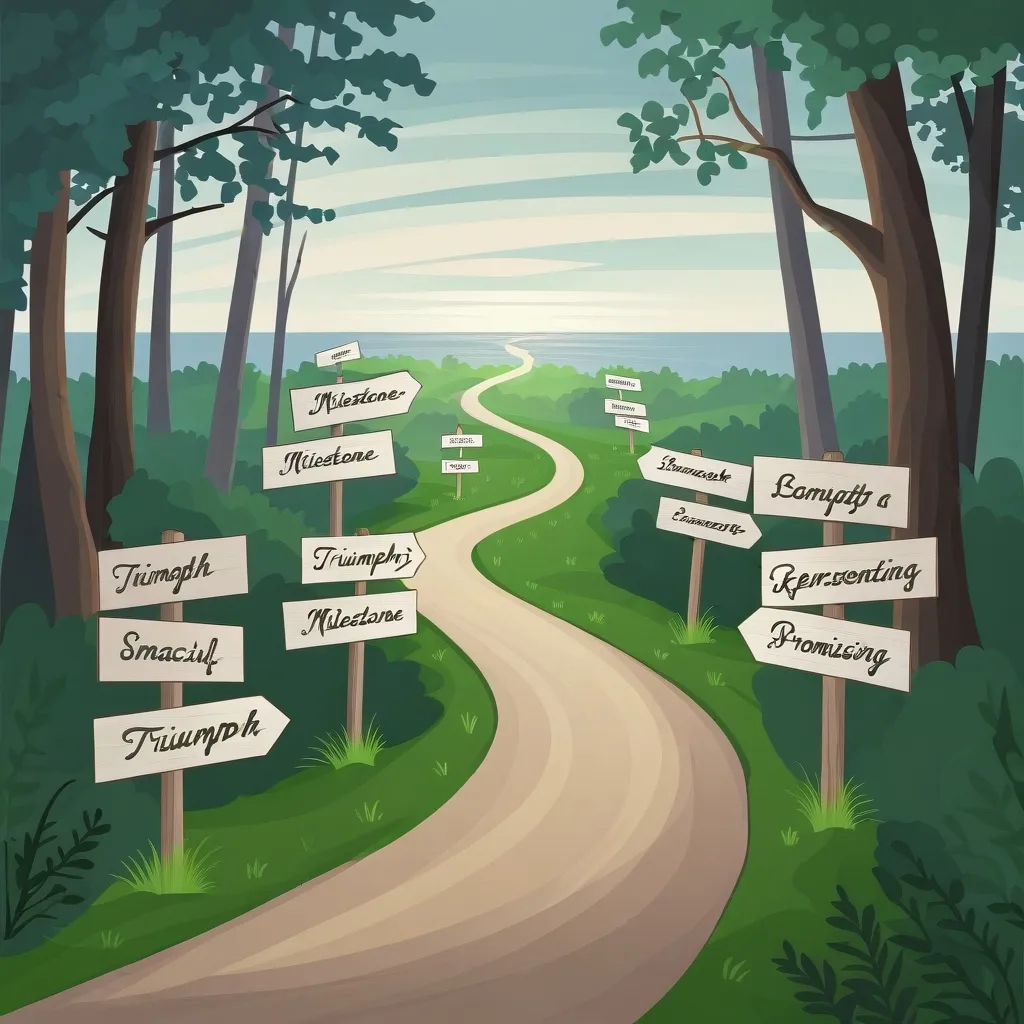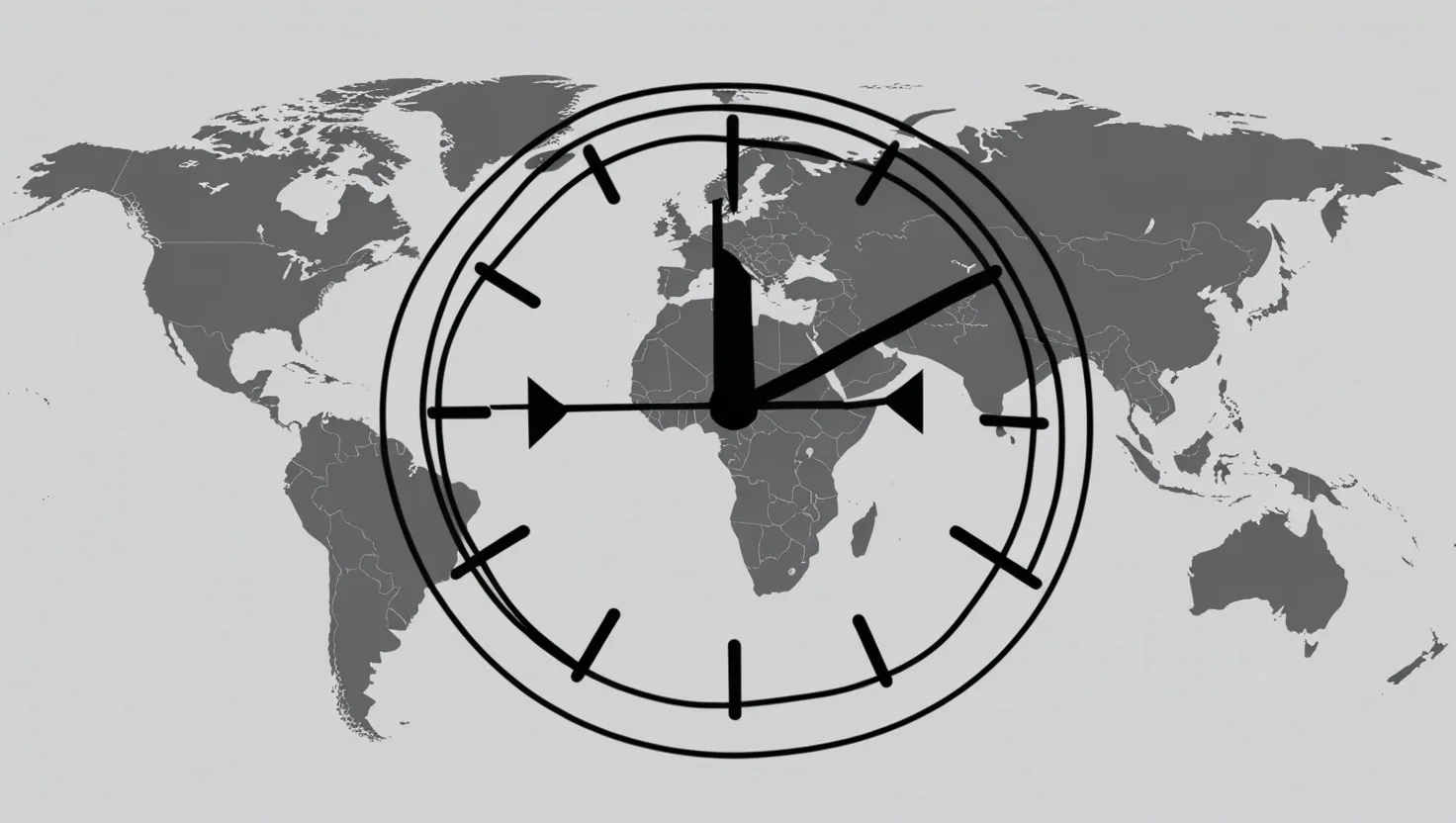In today’s fast-paced world, the mantra often seems to be “more is more.” Yet, when distractions are everywhere and our options are seemingly endless, embracing limits might actually be the game-changer we need. It sounds counterintuitive, but limiting ourselves can increase our focus and bring much-needed clarity to our lives. This intriguing idea has been explored in personal development, productivity strategies, and even education.
Limits aren’t about constraints in a bad way. Instead, they’re about setting intentional boundaries to help us get more done by focusing on what’s truly important. Think of it as purposeful scarcity—by reducing our choices, we can make better decisions and use our resources more efficiently.
Picture this: You walk into a coffee shop with hundreds of coffee types. Seems great, right? Actually, research shows that having too many choices can lead to decision paralysis. This is known as the paradox of choice. By narrowing our options, we dodge the stress of endless decisions and make choices more swiftly and confidently.
Embracing limits helps us zero in on our priorities. When we’re juggling too many tasks, it’s easy to get swamped. By capping the number of tasks we take on at any moment, we ensure that each one gets the attention it deserves. This kind of focus is key to producing quality results.
In the productivity realm, setting limits is a gem of a strategy. Take the Pomodoro Technique for instance. It involves working in focused 25-minute sprints, followed by a five-minute break. By limiting the time spent on a task, this approach boosts focus and efficiency.
Limits in educational settings also work wonders. Overflowing resources or too much freedom can make it hard for students to stay on track. Clear guidelines and limitations help students focus and cover the crucial material.
But it’s not just about getting things done. Embracing limits positively impacts mental health too. Constantly juggling too many things can lead to stress and overwhelm. Setting realistic limits cuts down stress and boosts overall well-being.
So how do we start adopting this strategy in our daily lives? First off, we need clear, achievable goals to focus on what truly matters and to ditch distractions. Prioritize tasks and ensure you’re not trying to do too many things at once. Use time blocks to allocate specific periods for different tasks, which helps in avoiding the productivity-killer that is multitasking. Don’t overcommit—you’ll do better work by doing fewer things well. Mindfulness practices can keep you present and reduce the temptation to overextend.
Take, for example, a professional managing multiple projects. By setting clear limits on how much time to spend on each, each project can get the attention it deserves without anyone feeling overwhelmed. Similarly, a student studying for exams might use focused time blocks to make sure they cover all the material without burning out.
One of the most potent tools in embracing limits is mastering the art of saying ‘no.’ If something doesn’t align with our priorities or values, saying ‘no’ can be incredibly freeing. It lets us keep our focus and prevent us from spreading ourselves too thin.
Yet, while embracing limits, it’s crucial to stay flexible. Life can be unpredictable and things often don’t go according to plan. Being adaptable means we can tweak our limits as necessary, without losing sight of our goals.
Embracing limits doesn’t mean restricting ourselves; it’s about making deliberate choices that boost focus and clarity. By setting self-imposed boundaries, we can achieve more in less time, reduce stress, and enhance our general well-being. Remember, focus is like a muscle—regular exercise will make every part of your life more productive and fulfilling.
Finding a balance that suits us personally is key. By understanding and embracing our limits, we unlock a more focused, productive, and satisfying life. So, let’s take that first step today: set our limits, prioritize our tasks, and watch as life transforms for the better.






